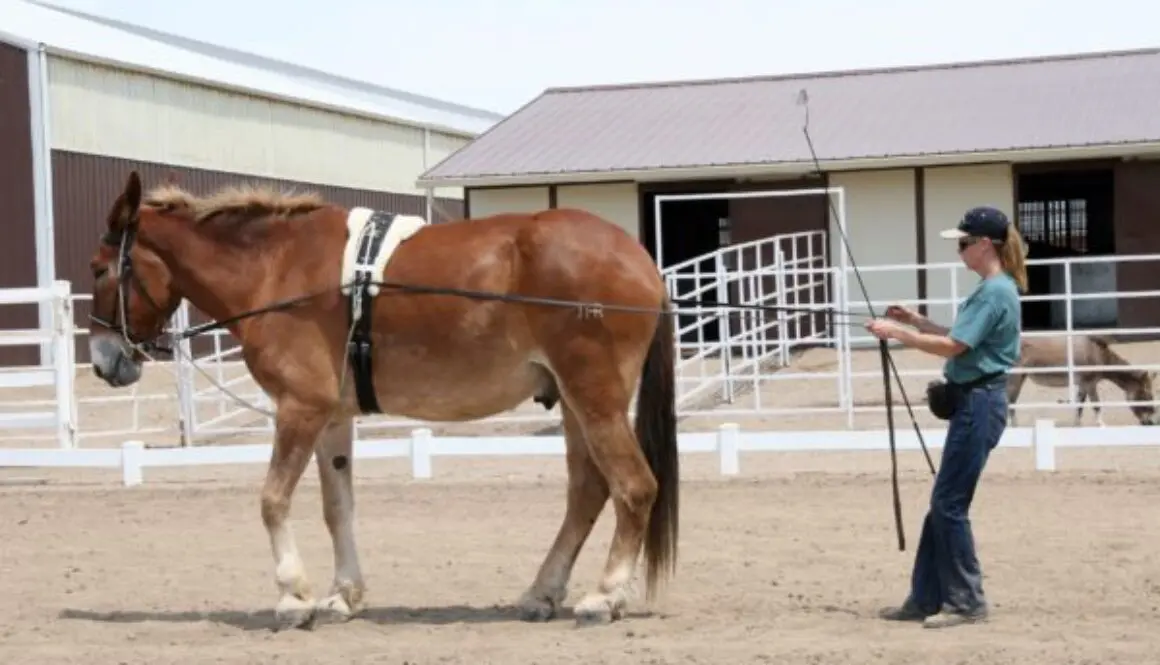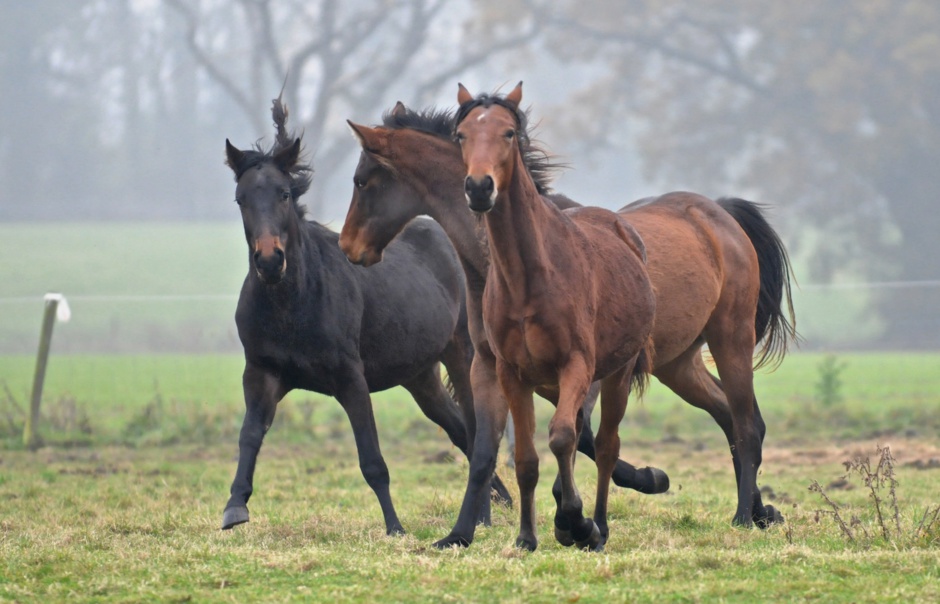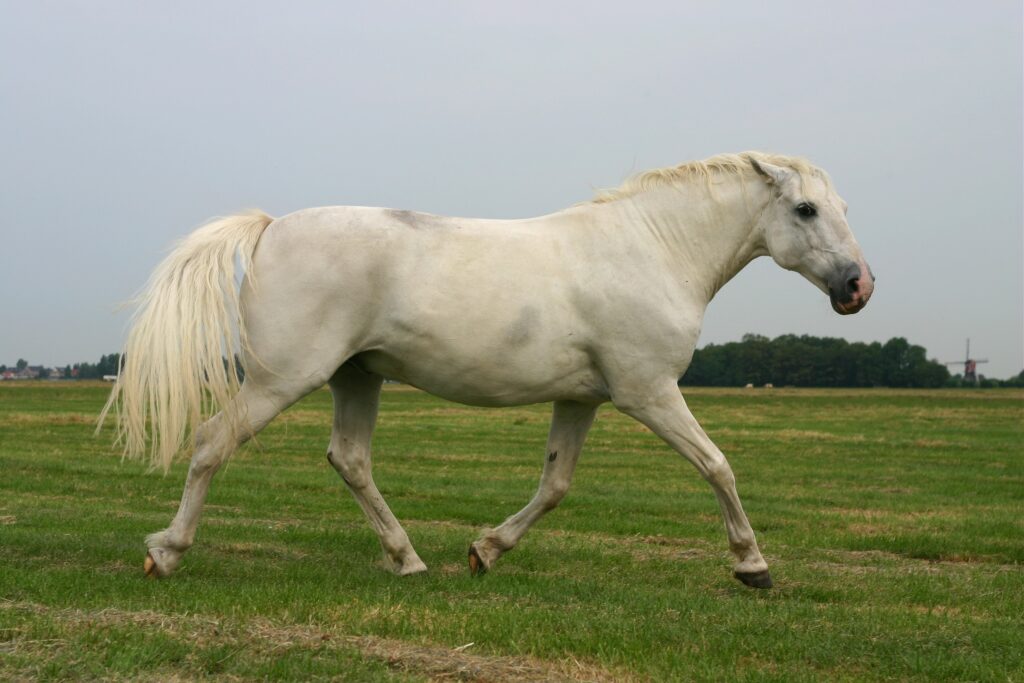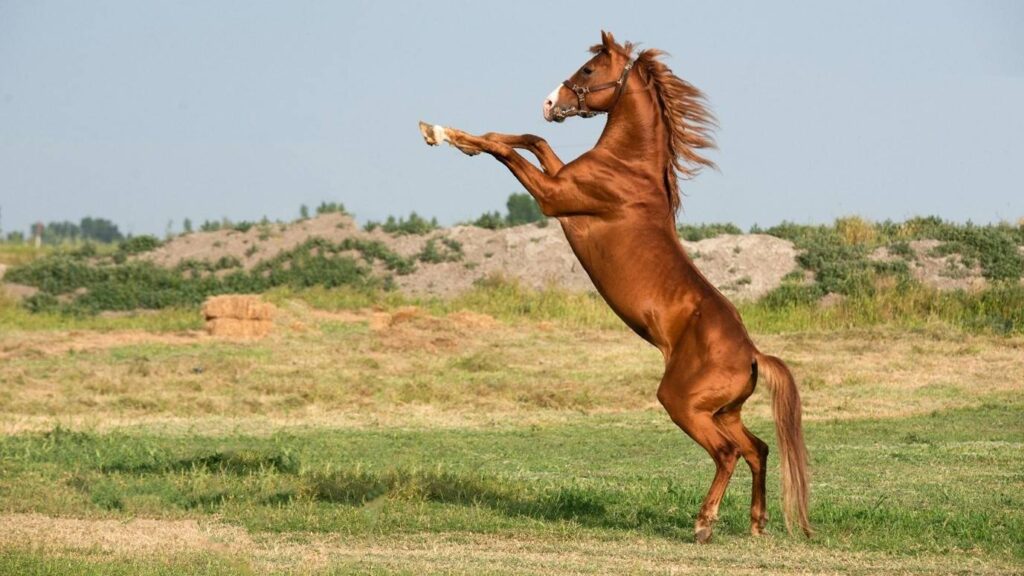Training a horse involves more than just teaching commands or routines; it requires developing a strong foundation of balance and stability. Horse balance training is essential for enhancing a horse’s performance, well-being, and overall harmony with its rider. This article explores the importance of balance training and provides practical tips for horse enthusiasts to master these skills.

Why Balance Training is Crucial
Balance is the cornerstone of all horse training disciplines. A well-balanced horse shows improved movement, responsiveness, and safety. By focusing on balance, riders can ensure their horses are better prepared for various activities, whether it’s dressage, jumping, or trail riding.
Furthermore, balance training helps prevent injuries. Horses with poor balance are more prone to falls and strains, which can lead to long-term health issues. By investing time in balance training, you are safeguarding your horse’s health and longevity.
Understanding the Basics of Horse Balance
At the core of horse balance training is teaching the horse to distribute its weight evenly. This involves strengthening the horse’s core muscles, improving coordination, and enhancing proprioception the horse’s ability to sense its body’s position in space.
Core Strengthening Exercises
Core exercises are vital for building a horse’s balance. Simple activities like backing up, lateral movements, and hill work can significantly improve a horse’s core strength. These exercises help horses engage their abdominal muscles, which are crucial for maintaining balance.
Improving Coordination
Coordination exercises help horses develop the ability to move their limbs independently and accurately. Pole work and obstacle courses can challenge a horse’s coordination and agility, making them more adept at navigating complex terrains.
Advanced Techniques in Horse Balance Training
For those looking to advance their training, incorporating more sophisticated techniques can elevate a horse’s balance skills.
Long Lining
Long lining involves guiding the horse through various movements using long reins. This technique helps improve balance by encouraging the horse to stay aligned and engaged while performing different maneuvers.
Liberty Training
Liberty training, where the horse works without any physical restraints, can enhance a horse’s natural balance. This method allows horses to freely express themselves and find their own equilibrium, leading to improved self-carriage.
The Role of the Rider in Balance Training
The rider plays a critical role in a horse’s balance training. A balanced rider helps the horse maintain its equilibrium and perform better.
Rider Posture
A rider’s posture significantly affects the horse’s balance. Maintaining a centered position and avoiding leaning too much in any direction ensures that the horse can move more fluidly and without unnecessary strain.
Communication and Cues
Effective communication through clear and consistent cues helps the horse understand what is being asked, promoting better balance and responsiveness.
Common Challenges in Horse Balance Training
Training a horse to balance can be challenging. Here are some common issues and how to address them:
Resistance to Training
Some horses may resist balance training. Patience, consistency, and positive reinforcement are key to overcoming this challenge. Check out this [horse positive reinforcement](https://ofhorse.com/horse-positive-reinforcement/) guide for more tips.
Physical Limitations
Certain physical limitations might hinder a horse’s ability to balance. Working with a veterinarian or equine therapist can help assess and address these issues.
Resources for Horse Balance Training
There are numerous resources available for those interested in improving their horse’s balance. Books, online courses, and workshops offer valuable insights and guidance. Websites like The Spruce Pets provide comprehensive information on horse training techniques and tips.
Conclusion
Horse balance training is an essential component of equine care and development. By focusing on balance, riders can ensure their horses are well-prepared for various activities while promoting health and longevity. Through a combination of basic exercises, advanced techniques, and effective rider strategies, horse enthusiasts can master the art of equine balance.

FAQs
How long does it take to improve a horse’s balance?
The time it takes to improve a horse’s balance depends on the horse’s current fitness level and training consistency. Regular sessions over several weeks can show noticeable improvements.
Can older horses benefit from balance training?
Yes, older horses can greatly benefit from balance training. It can help them maintain mobility, prevent injuries, and improve their overall quality of life.
Is professional assistance needed for balance training?
While many balance exercises can be performed at home, seeking professional assistance can provide tailored guidance and ensure the training methods are effective and safe.
This article contains affiliate links. We may earn a commission at no extra cost to you.







